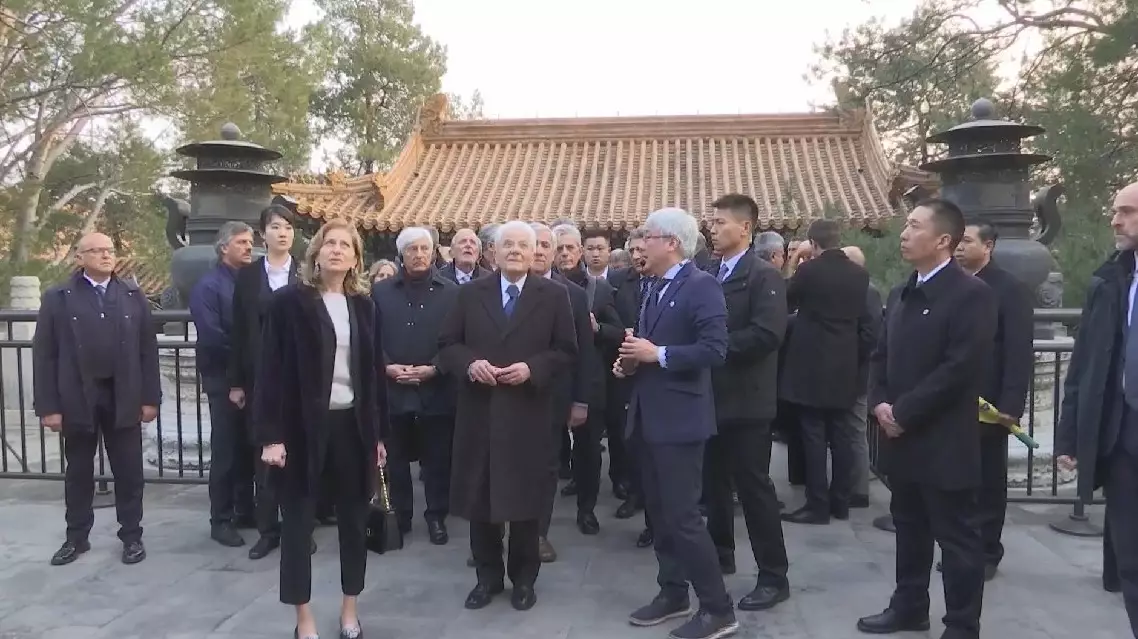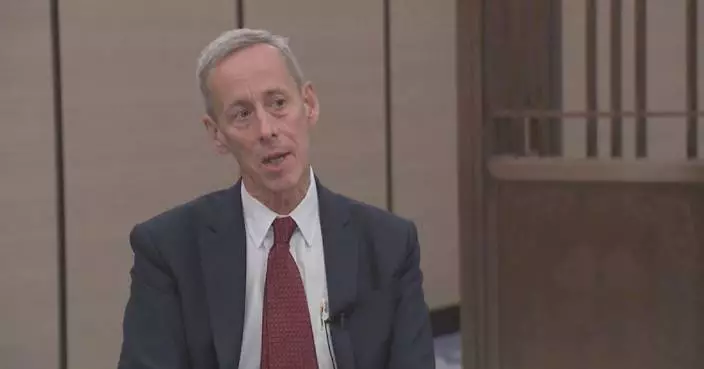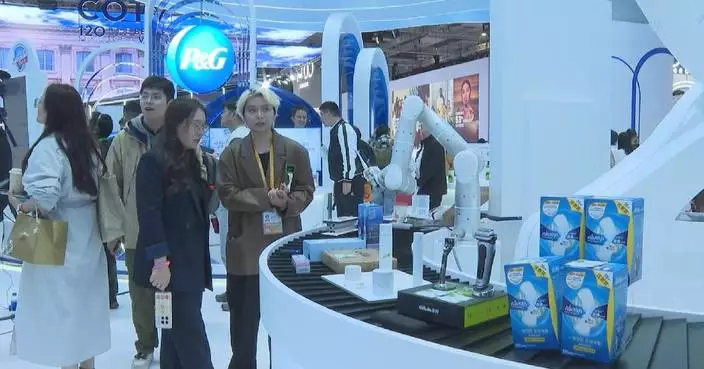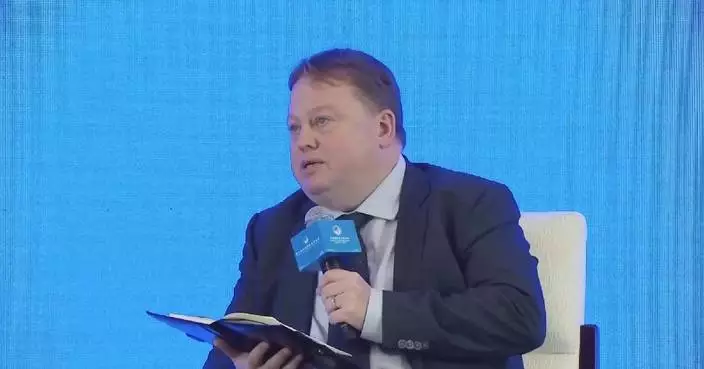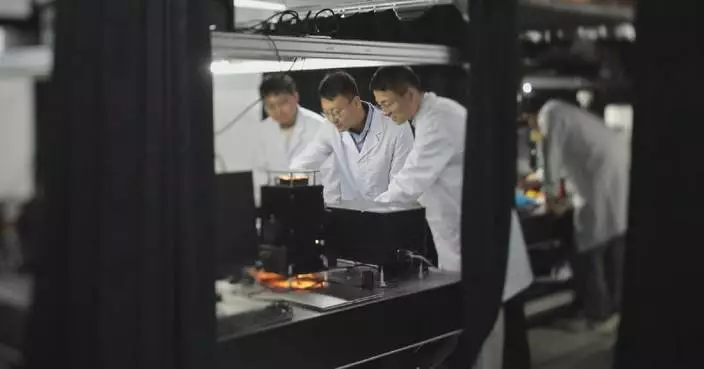Wuhan, capital city of central China's Hubei Province, has achieved tangible results in advancing innovation through integration of the innovation, industrial, capital, and talent chains, as emphasized by President Xi Jinping.
Xi, also general secretary of the Communist Party of China (CPC) Central Committee and chairman of the Central Military Commission, inspected Hubei Province from Monday to Wednesday.
On Tuesday afternoon, Xi visited the Wuhan Institute of Industrial Innovation and Development, where he learned about the achievements of the technological innovation supply chain platform and talked with researchers and business leaders.
"My report focused on what we've done in terms of collaborating with the government to promote innovative development of sci-tech enterprises. General Secretary Xi showed great care about the latest achievements in the field of life and health, and when these achievements can become products to benefit the people," said Wang Huizhong, Assistant President of the institute, in a special program produced by China Central Television, in Wuhan.
During his visit to the institute, Xi also learned about its new results of applying scientific and technological advancement, including a type of testing kits for diagnosis of aortic dissection.
Thanks to coordination efforts of the Wuhan Institute of Industrial Innovation and Development, a team of the Huazhong University of Science and Technology in Wuhan has realized industrial application of a type of insulating fluorinated solvent, which is harmless to electronic products and non-toxic to the human body, and has greatly improved China's energy security, computing power security and data security. The fluorinated solvent is one of the most important basic materials for developing supercomputing power in the future.
The university has also developed a multi-dimensional shingled optical recording technique, which utilizes femtosecond laser-induced nanostructures in silica glass. It paves the way for advanced shingled optical recording techniques offering ultra-dense capacity, ultra-long lifetime, and low energy consumption, according to a paper published by the team.
"Hubei accomplished these through the integration of 'four chains', namely the integration of the innovation, industrial, capital, and talent chains, which is the way of innovation emphasized by General Secretary Xi. So we have greatly benefited from this. With the integration of the 'four chains', many technologies were developed in our labs, and then turned into products in factories and served concrete projects," said Chen Xuedong, an academician of the Chinese Academy of Engineering, and a professor at the School of Mechanical Science and Engineering of the Huazhong University of Science and Technology.
"In Hubei, we've made major progress in two aspects of work in recent years. One is building an application-oriented supply chain platform for sci-tech innovation, and the other is the government creating an environment that is suitable for the application of scientific and technological advances, which involves government, industries, universities, research institutes, financing, services and application," said Wang Xinye, an official of the Science and Technology Department of Hubei Province.
"The world is going through profound changes unseen in a century, and sci-tech innovation has been given new missions, including promoting sustainable economic and social development. Just as General Secretary Xi Jinping told us this time, people working in the field of science and technology and entrepreneurs should increase self-confidence, aim high, and foster greater synergy, so as to keep contributing to boosting the overall performance of China's innovation system and modernizing its industrial system," said Chen.
"Let us work together to achieve our Chinese modernization as scheduled," said Xi during his visit to the Wuhan Institute of Industrial Innovation and Development on Tuesday afternoon.

Wuhan achieves tangible results in advancing innovation


